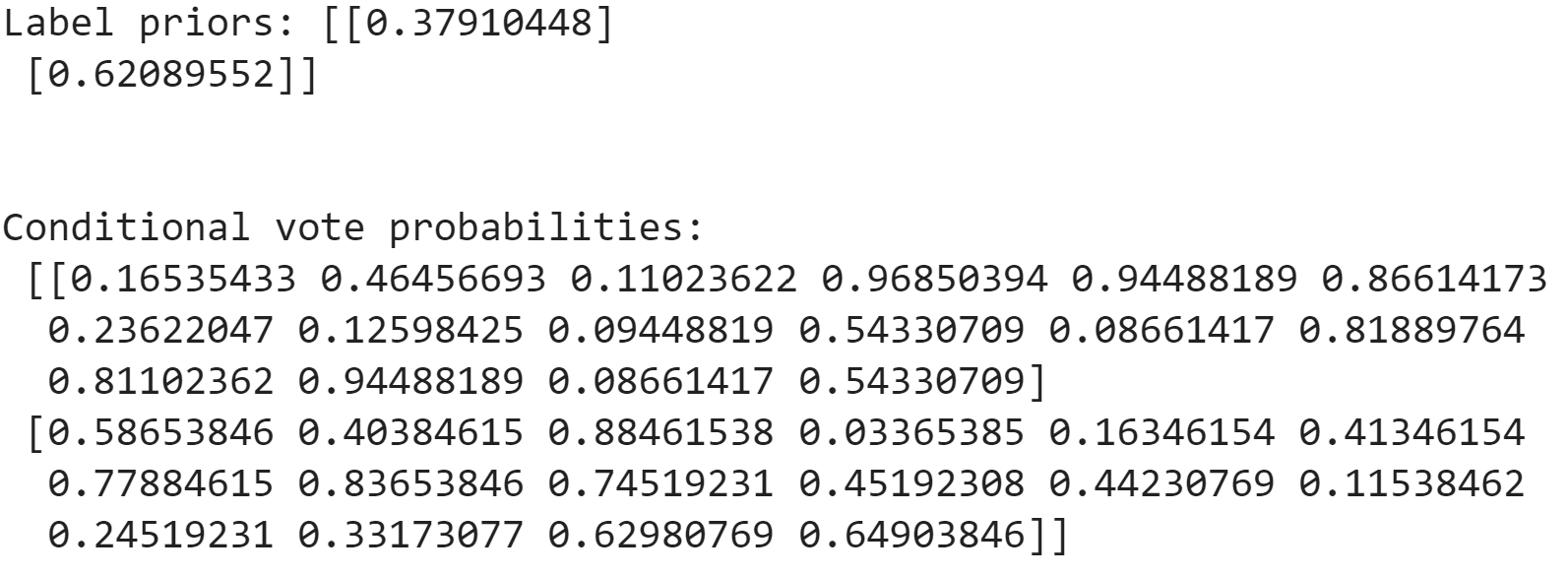Getting Feet Wet With Machine Learning
THE PROJECT CODE
Naive Bayes will be used for this Machine Learning project. Explanation was obtained from this website.
Bayes theorem is represented with the following expression:
| P(A | B) = P(B | A) * P(A) / P(B) |
“Here, we calculate the probability of event A, given that event B has occurred. The right hand side of the equation consists of the probability of event B, given that event A has occurred, multiplied by the ratio of probability of event A to Probability of event B.”
ADVANTAGES
-
Given that data points are independent from each other, this model has a decent performance.
-
Minimum training data is required
-
Easy to implement (bit of a head scratcher as I’m typing this though. It’s ok I got this. Lets take is step by step.)
DISADVANTAGES
-
Data is assumed to be independent. It almost never is. A lot of variables depend on one another
-
If we dont train the model right, and it encounters a new variable in the test data, it would be impossible to predict data.
Data obtained from this website.

Direct calculations calculations would be described in the code. These are the following results. Here I derive the label priors as well as the vote probabilities (the probability that an individual of both parties would vote 1 on a measure.)

This data is later used to derive the probability that an individual is a Republican based on their vote history. One could derive the probability that an individual is a Democrat with some simple additional code. Here the model has an 85% accuracy.
